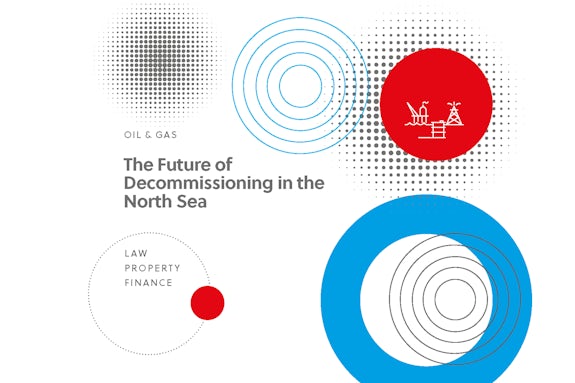Where are we now?
Decommissioning in the North Sea has been ongoing for a number of years and will continue for decades to come. What does it look like now and how will it develop?
Oil & Gas Authority / Decommissioning Strategy
One of the main facets of the OGA’s Decommissioning Strategy is the need to minimize decommissioning spend and ultimately the share incurred by UK taxpayers by way of tax relief.
Traditional Decommissioning Methodology
Whilst it is a stretch to use the word “traditional” in an industry so young, the baseline assumption for decommissioning offshore assets is that production operators continue as operator and manage assets through decommissioning and any subsequent infrastructure monitoring.
The New Players
The main argument levied against the above model is that the main drive for a production operator in the traditional sense is to produce barrels of oil. They may not have an underlying desire to see an asset through its decommissioning but are duty-bound to do so.
I have watched with interest as new players have emerged with different ideas as to how greater efficiencies can be achieved, which will ultimately:
- reduce the cost to the asset owners;
- reduce the overall spend of decommissioning in the North Sea; and
- lessen the exposure to UK taxpayers.
Fairfield Decom has positioned itself as an ultra-late life / Decommissioning Operator, drawing on the experience of Fairfield Energy in its role as Licence Operator on the decommissioning of the Dunlin Alpha and satellite assets, as well as the might of Heerema and AF Decom. It will be interesting to watch how this develops.
There are several service providers looking to capitalize on this emerging industry, such as Maersk Decom (a JV between Maersk Drilling and Maersk Supply Service) that won its first end-to-end plugging and abandonment decommissioning contract in early 2020 (albeit in Mauritania), Petrofac has already adopted a “late life duty holder” role in assisting BP into and through the decommissioning of its Miller platform and then there are others looking to muscle their way into the space, such as APML with its “boxed” approach to managing an asset efficiently into decommissioning and Well-Safe with its P&A Club offering members the ability to share experiences to enhance knowledge and efficiencies for well plugging and abandonment. Just a couple of days ago, NorSea UK announced its subsea decommissioning hub NorSea Decom (a JV with Robertson-IES and CR Smith Services) focusing on safe and compliant management of decommissioned subsea infrastructure and waste logistics, based out of Peterhead.
This only scratches the surface of the service providers operating in the space and I’m sure many more will emerge.
Underpinning all of this is how much of the responsibility current stakeholders will be willing to handover when they ultimately remain on the hook under s.29 regulatory framework, which I will explore in the next instalment.
Finally, as society looks to a greener future, we may well see calls for re-use strategies, which is an entirely separate debate and opens up more than one can of worms in terms of ongoing liability for infrastructure left on or under the seabed.
If you would like further information on the topic discussed in this blog, please contact Calum Crighton by email: ccrighton@gilsongray.co.uk or by phone: 0131 285 7841 / 07825 884 961. You can also view Calum’s profile by clicking here.
The information and opinions contained in this blog are for information only. They are not intended to constitute advice and should not be relied upon or considered as a replacement for advice. Before acting on any of the information contained in this blog, please seek specific advice from Gilson Gray.








